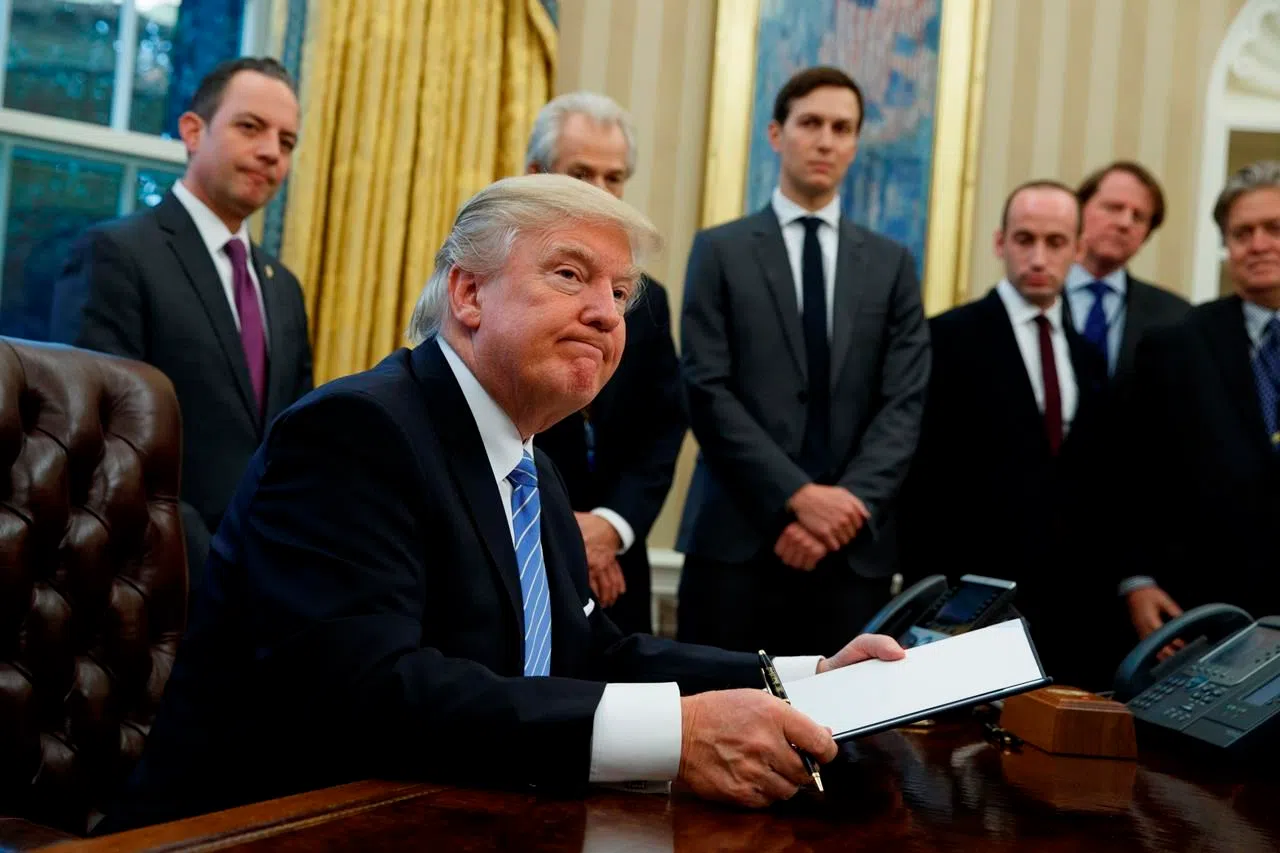
Trump can do plenty on his own to unravel Obama health law
WASHINGTON — President Donald Trump can do plenty on his own to unravel the Obama health care law, but some of those actions would create disruptions that undermine his administration’s early promises. Other less sweeping steps could open the way for big changes, but might not get as much notice.
Suspending enforcement of tax penalties on people who remain uninsured would win Trump immediate cheers from the political right for taking down a widely unpopular requirement. But experts say it would destabilize insurance markets by allowing healthy people to opt out, raising costs for taxpayers and remaining consumers. It would also risk a protracted court battle.
Less visible but just as important, the administration appears to have wide latitude to let states experiment with Medicaid funds and other federal financing. That could provide a pathway for GOP-led states to try their ideas.
For now, the executive order that Trump signed Friday night has changed very little. Consumers can still sign up on HealthCare.gov. The IRS is enforcing fines on people who remain uninsured, as it reviews Trump’s order. Insurers are providing medical benefits defined in the Affordable Care Act.


